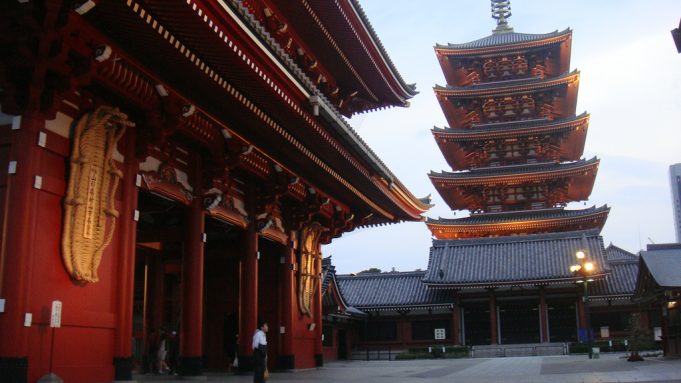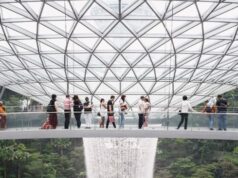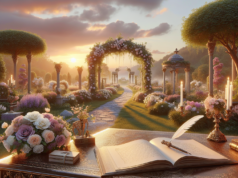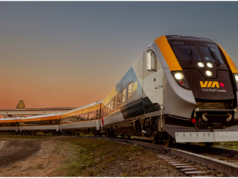Are you planning a trip to Japan? If you’re going to be in the country for an extended period, let’s say a month, then you will require two things. First you’ll need an ample supply of cash and second a thorough knowledge of where to find the most interesting sights. For a peek at the more traditional side of the nation you can still base yourself in Tokyo or Osaka. However if you’re set on experiencing Japan of old head to Nara and Kyoto. The latter used to be the capital city before it was moved to Tokyo. This article looks at the sights you shouldn’t miss while you’re in this country.
Three Days in Tokyo
To get a nice taste of this incredibly large metropolis, wander in and around the Imperial Palace, home of the Emperor of Japan and his family. It’s located in the Chiyoda district and this square kilometre of land is the most expensive in the world. Also worth a look are the East Gardens which are especially beautiful when the cherry blossoms are in full bloom in March and April. If your interest is in the martial arts then sumo wrestlers can be seen at the Kokugikan, the national sumo stadium. National tournaments are held here and this sport is taken seriously in Japan. Steeped in tradition which goes back more than 1,000 years, the highest rank a wrestler can attain is yokozuna which in English means grand champion. Like professional boxers in the United States sumo wrestlers can command astronomical salaries. Tokyo’s oldest temple, Sensoji, is located in Asakusa and it was built in honour of Kannon, the Buddhist goddess of mercy. It is said she can release human beings from all the suffering in the world. Ever since it was erected people have been coming here to pray. Beside the temple is a charming pedestrian mall called Nakamise Dori which offers gifts and souvenirs. To see how Japanese teenagers like to spend their time, walk around Harajuku on a Saturday afternoon and after sunset head to Roppongi for some serious club hopping. Take lots of cash for a night out because you’ll need it.
The Kansai Region
This refers to the cities of Osaka, Kyoto, Nara and Kobe. Japan’s most famous castle, Himeji-jo, was built in the late 16th and early 17th centuries and is located in Hyogo Prefecture. Also known as Shirasagi, (white heron castle) it features 83 buildings and its interior woodwork is held together with fireproof white plaster. Unlike castles in other parts of Japan especially around Tokyo which were destroyed by earthquakes or bombs during World War II, Himeji-jo has stood firmly in place with barely a scratch since the entire complex was finished in 1609. The key to its survival was a superb defence system which allowed its defenders to fire arrows and pour boiling water on the enemy from openings in the castle’s walls. Himeji-jo is now a UNESCO World Heritage Site. Kyoto by far is the most popular destination for travellers interested in Japanese history and architecture. Serene and tranquil shrines and temples abound all over town. Sanjusangendo Hall is impressive with 1,001 wooden statues of Kannon, the goddess of mercy. Pay close attention to the expressions on the faces. You’ll notice they are all different. Kyoto’s most stunning temple is Kinkaku-ji, or the Golden Pavilion. It was built in 1397 for the shogun Ashikaga Yoshimitsu, and covered in gold leaf.
How to Get Around Japan
Remember that in Japan people drive on the left, and most road signs are written entirely in Japanese so it’s easy to get completely lost. Take the Shinkansen (bullet train) instead. A trip from Tokyo to Osaka or Kyoto will take about three hours. Take an English-Japanese phrasebook too; there are not too many people who can adequately converse with visitors from North America.



















